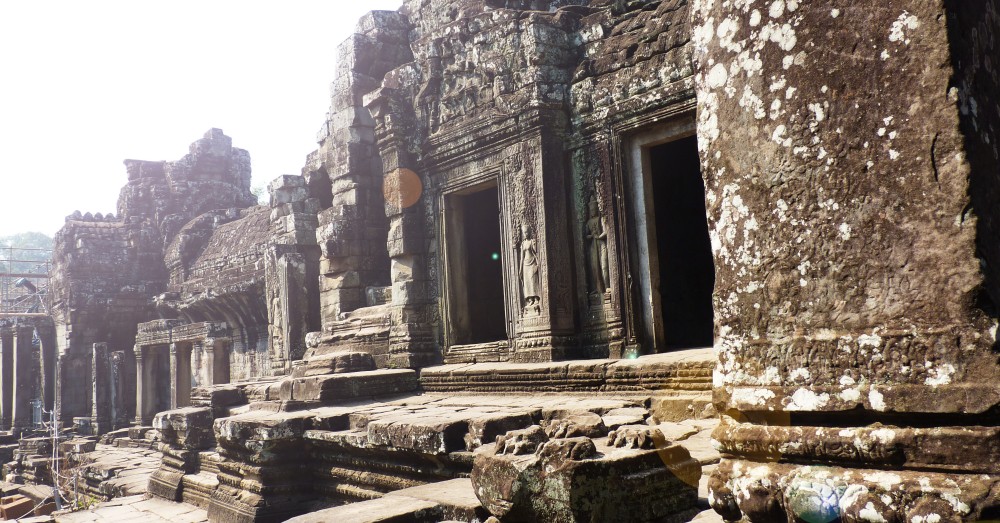As already promised, here comes my last blog entry about my vacation in Chiang Mai. A few weeks ago one of my biggest dreams finally came true: meet some elephants in their natural surroundings. In doing so, I found it important that the elephants are well treated in the camps they are living in. That is also how I came across the camp ‘Elephant Nature Park’, which is located a bit outside of Chiang Mai. The owner of the camp buys elephants which are sick or treated badly by their owner and provides them in the park a better home in their natural surroundings. For those who are interested to find out more about the park: http://www.elephantnaturepark.org
The day at the park passed as follows: In the morning a van picked us up from our hostel. During the ride to the camp, which took approximately 1 hour, we got to see a documentary about the park and elephants in general. When we arrived at the park, the localities were showed to us, such as the room they store the feed in, the river in which the elephants take a bath and the compound in general. Afterwards we got the opportunity to feed the elephants. We stood on an elevated terrain and basically fed the elephant from there, by putting water melon, cucumber and co. in their trunk. Furthermore we got to see the recently born baby elephant and got the opportunity to make some pictures with some of the elephants in the park. After that we had lunch ourselves, which consisted of a huge buffet with lots of Thai food. Next the elephants wanted to be washed. For this purpose the elephants were lured to the river and all the visitors followed. That was the moment we could splash water at the elephants and wash them. What you need to know about that park is that it is not possible to sit on the back of the elephants, which didn’t matter too much for me personally, as the well-being of the elephants ranks first in my opinion. Afterwards we got to see another documentary, where they also showed how bad some elephants are treated which don’t live in the wild or in conservatories, but instead have owners that use them for work or tourism purposes.
For the ones who would like to know more about elephants and like to inform oneself about how badly they are treated sometimes, I can entrust the article of a good friend of mine to you. That one I will as well publish seperatly on my site as a guest contribution.
- Elefantenessen – Elephant food
- Elefanten baby – Elephant baby














































